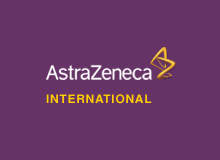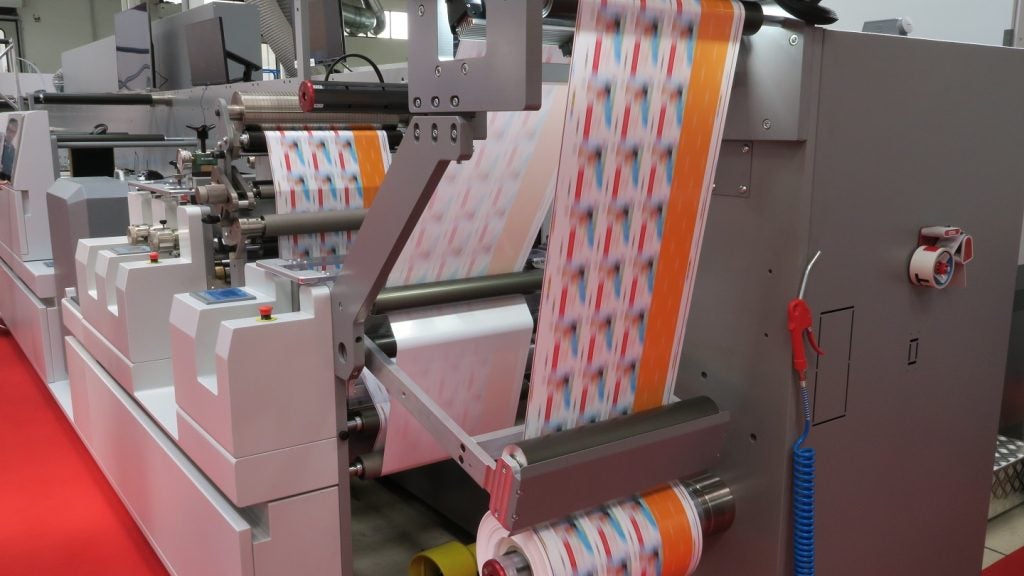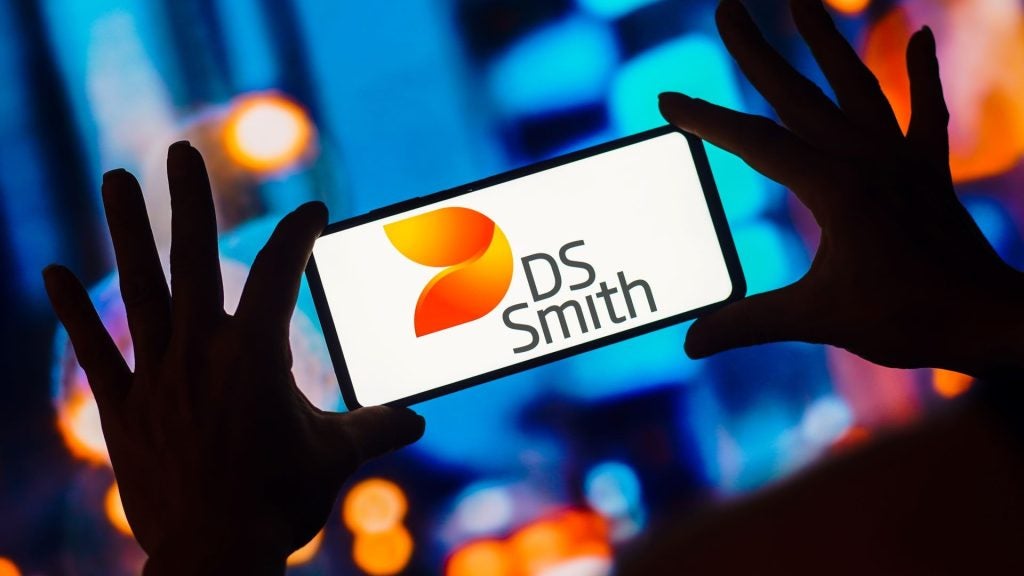
Ian C Haynes, AstraZeneca Plc
Diprivan®‚ (propofol) was launched by Zeneca in 1996. It is administered through a pre-filled syringe (PFS) and has the hypnotic effect associated with getting the patient to sleep and keeping him or her asleep during an operation.
Diprivan is one of the first intravenous anaesthetics, it is metabolised by the body very quickly which leads to a ‘fast, clear-headed recovery’, and has been shown to have a specific anti-emetic effect and to reduce the frequency of post-operative nausea and vomiting.
The challenge the anaesthetist faces during a procedure is to dynamically control the blood concentration of Diprivan: to maintain it at a high enough level to prevent the patient responding to the stimulus of the surgeon working, but at the same time keep the level as low as possible to enable the patient to wake up quickly and to ensure that autonomous protection systems in the body are not disabled.
The anaesthetist follows the procedure, varying the blood concentration as the level of stimulus varies. The drug is administered to the patient via an infusion pump, with the anaesthetist controlling the rate of infusion.
See Also:
Target-controlled infusion
A pharmacokinetic model was developed for Diprivan that calculates the blood concentration level for a known patient age and body weight. This development led to the concept of the target-controlled infusion (TCI) system, whereby the anaesthetist can control blood concentration directly rather than controlling infusion rate and estimating the blood concentration.
How well do you really know your competitors?
Access the most comprehensive Company Profiles on the market, powered by GlobalData. Save hours of research. Gain competitive edge.

Thank you!
Your download email will arrive shortly
Not ready to buy yet? Download a free sample
We are confident about the unique quality of our Company Profiles. However, we want you to make the most beneficial decision for your business, so we offer a free sample that you can download by submitting the below form
By GlobalDataZeneca manufactured Diprivan at this point in a vial, requiring the anaesthetist to aspirate the vial into a syringe in the operating theatre. The syringe then fitted into a standard syringe infusion pump. Producing Diprivan in a syringe rather than a vial was seen as a way of simplifying its use, and it was decided to introduce the TCI system simultaneously with the new presentation.
Safety is a critical consideration, and with the infusion pumps being generic equipment used for various drugs in the theatre, it was clear that a way had to be found to ensure that the TCI system would only work with Diprivan. At the same time, a stronger formulation had been developed as the product was being used in longer procedures, and so the ability to discriminate between 1 per cent and 2 per cent Diprivan was also required.
The final requirement was that the syringe must be single use, and it must not be possible to refill the syringe to guard against the wrong material being infused. This user requirement specification (URS) highlighted the need for a recognition feature on the syringe which also had to indicate the product strength and be disabled after a single use.
A wide assessment of the available recognition technologies was made, and a multifrequency magnetic resonance tag selected. The tag could meet our requirements and, at the same time, we could secure an exclusive license for the technology in the industry. The tag was incorporated into the syringe finger grip and worked in conjunction with a Diprifusor™ module that was designed to be incorporated into the existing infusion pump machines.
In the two years it took to get this product to the market there were many challenges. Introducing the system simultaneously with the new syringe presentation added a layer of complexity. Although the science of the recognition tag was well understood, significant development was required to miniaturise it and commercialise its manufacture.
Looking at the performance of the recognition system, whilst there have been a very small number of ‘no reads’ in the marketplace (tags that are not recognised by the TCI system), importantly there have been no ‘miss-reads’ (that is, 1 per cent mistaken for 2 per cent or vice versa), which would be critical. The TCI system is currently fitted to four commercial infusion pumps: two British, one French and one Japanese.
The example of the Diprivan tag highlights one of the particular challenges that have to be met in healthcare applications for radio frequency identification (RFID) or other smart technologies: certain aspects of the performance specification may have to be absolute.
In the case of Diprivan, whilst a no-read is inconvenient and may lead to a customer complaint, a miss-read could lead to much higher or lower blood concentrations than required, resulting in the patient waking during the procedure or more serious consequences in the case of higher concentrations. Some aspects of the performance specification of the device must be totally assured.
Smart opportunities
A quick analysis of where RFID is currently being considered revealed three areas. First, pharmaceutical reimbursement is currently a hot topic in the Italian market in particular, but essentially unique numbering of pharmaceutical sales packs, coupled with mechanisms to reimburse costs to pharmacies, is a developing requirement in a number of markets. Currently, barcode systems are in use, but developing requirements to track product and to apply additional labels to collations (bundles, cases or pallets), indicating which packs are inside, could be met with RFID technology.
Second, there are concerns about the incidence of medication errors in hospitals. The DRIVE (Drug in Virtual Enterprise), project organised by the San Raffaele Institute in Milan and financed by the European Commission, is using barcodes to identify patients and match them with the appropriate medication. AstraZeneca and GlaxoSmithKline are collaborating in the project driven primarily by patient safety, but also considering supply chain effectiveness in hospitals. Under the scheme, patients wear bar code bracelets that can be read by ‘smart’ medicine carts designed to ensure that patients can only be given medicines they have been prescribed. The next phase of the project, DRIVE 2, is considering the use of RFID tagging to replace the bar codes. It is clear that there is an opportunity to combine the needs of both the above opportunities and look for at least a European-level solution that meets both sets of requirements.
Third, assisting patients to be compliant during clinical trials, and using technology to aid the gathering of patient-related outcome data, is becoming increasingly interesting. To date, the internet and hand-held electronic devices have been used extensively to facilitate in this area, but the use of smart packaging is now considered as an alternative. There are now at least two ‘compliance packs’ available on the market that use smart packaging to improve compliance and provide a means of collecting patient data and feeding it back to the clinician. Typically, these packs have some automatic means of recording when tablets are taken, and a mechanism whereby the patient can input data. In one case, the pack also provides a reminder to the patient that the next tablet needs taking.
Future trends for RFID
AstraZeneca has been looking at various drivers for change in pharmaceutical packaging and has considered a range of possible future scenarios and the implications of these on our packaging. RFID is a technology that has the potential to meet a number of needs.
Amongst the key drivers we have identified are patient compliance and patient information: typically, patient compliance is very variable and improved compliance could give rise to better outcomes for the patient; the pack could be designed to give access to a range of information designed with specific patient needs in mind, and delivery options could include mobile phones or PCs.
It is clear there are many opportunities to improve customer benefits through the use of ‘smart packaging’ utilising technologies such as RFID. Business process opportunities, however, are more likely to wait for the availability of proven, mature technology, and the aspiration to achieve national, European or even global solutions may slow adoption.
The views expressed in this paper are the personal opinions of the author and should not be construed as official statements by his employer, except where otherwise qualified.







